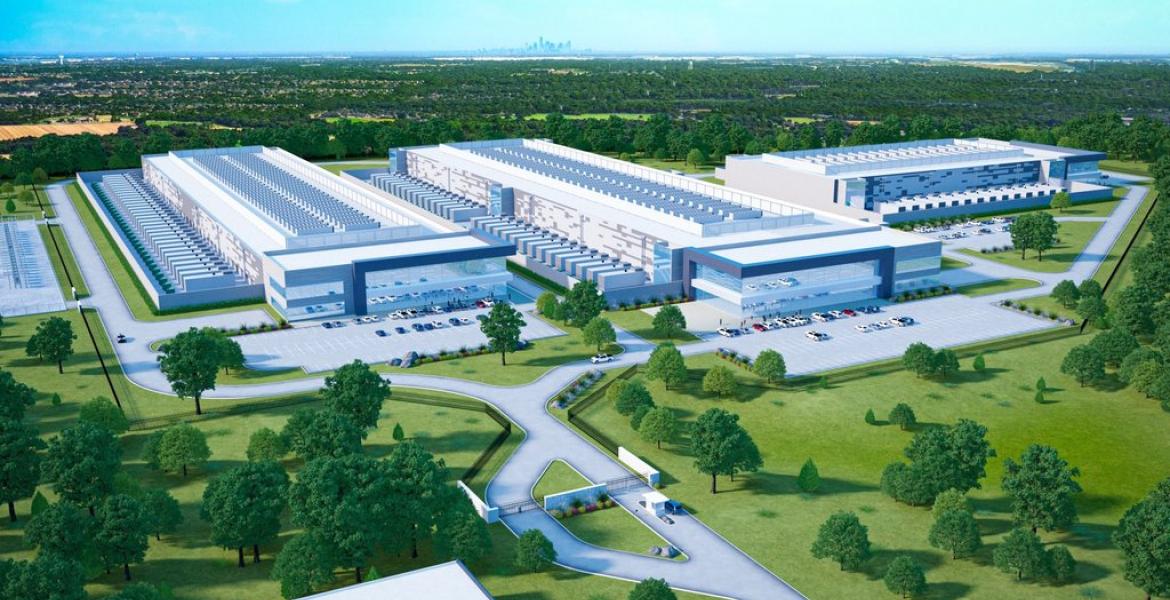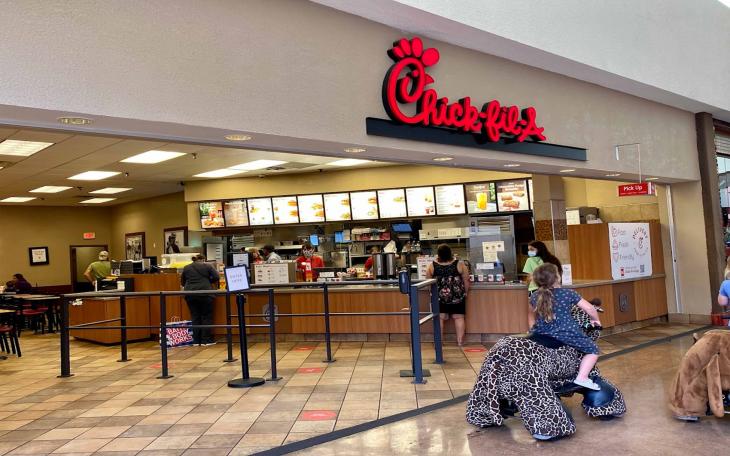AUSTIN, TX – Retail powerhouse Amazon.com Inc. took a giant step forward in delivering goods from the sky by becoming one of a select few of companies who have been certified by the U.S. government to operate as a 'drone airline'.
The Federal Aviation Administration distinguished Amazon Prime Air as an “air carrier,” the company said Monday.
This change will allow Amazon to begin its first round of commercial deliveries in the U.S. under a trial program, using several high-tech devices the company unveiled for these purposes last year.
Although Amazon and many of the company's competitors must clear some imposing regulatory and technical difficulties before small packages such as cat food or toothpaste can routinely be dropped at people’s homes, the action shows that they’ve finally convinced the government they’re ready to operate in a highly regulated aviation sector.
Amazon vice president David Carbon who oversees Prime Air, said in a recent statement, “This certification is an important step forward for Prime Air and indicates the FAA’s confidence in Amazon’s operating and safety procedures for an autonomous drone delivery service that will one day deliver packages to our customers around the world."
The FAA confirmed that it had granted the approval, adding a statement saying that it’s trying to support innovation in the expanding drone arena while ensuring that all devices operate safely.
Amazon now joins Wing, the Alphabet Inc. subsidiary, and United Parcel Service Inc. in a select group of companies who have received FAA approval to operate under the federal regulations governing charter operators and small airlines.
Since last year Wing, along with partners Walgreens and FedEx Corp., has been conducting similar limited drone deliveries under a limited FAA approval in Virginia.
Recently UPS has flown medical supplies within a hospital campus in Raleigh, North Carolina, as several other smaller companies and startup businesses seek expanded FAA approvals.
Amazon announced it will begin it's own delivery tests, however the company declined to say when and where the testing would occur.
The company is currently operating several test sites in the northwest U.S. and Vancouver regions, however in the past it has performed a series experimental trial deliveries in the U.K.
In order to receive FAA certification, Amazon had to document every detail from pilot-training programs, to drug testing, and even demonstrated daily operations for FAA inspectors.
In the past several approvals have been challenged by the FAA due to regulations which were originally designed for aircraft with humans aboard, and not unoccupied drones.
However, many applicants have recently filed for waivers on requirements such as the rule that states that a pilot must wear a seatbelt, or that a flight attendant must be present during flights.
The company's approval comes as Amazon’s business has skyrocketed during the Covid-19 pandemic, as consumers have faced lock downs which turned consumers away from traditional in-person stores.
The FAA is now preparing to finalize an advised set of regulations by the end of this year which will serve as a framework in order to expand drone flight over large crowds, which is a huge building block necessary for future successful deliveries.
Among other factors, these rules will require all but the smallest of these devices to broadcast their identities and locations to minimize the risks of terrorism, or drones striking any aircrafts, objects, or humans.
Although this is just the first step, routine deliveries are most likely still many years away due to the fact that in order for drones to operate efficiently, they must be able to fly pre-programmed routes without human pilots watching their every move.
Amazon, for example, said last year that it plans for it's devices known as the 'MK27' to make regular deliveries within 7.5 miles of a selected warehouse which would then deliver packages to customers within a 30 minute period, and ultimately be able to carry packages weighing as much as five pounds.
Currently U.S. regulations do not allow for autonomous flights due to the fact that the FAA hasn’t created a current standard for these operations, in addition to the fact that no companies have been approved to conduct these trials without the proper safety measures taken such as having costly 'on-ground observers' readily available.
Similar standards for the design and manufacturing of drones with acceptable levels of noise also need to be developed.
In addition, the FAA has had to develop a completely new air-traffic control system in order to track low-altitude flying drones during flights to maintain order in the skies.
Amazon’s MK27 drone which the company unveiled last year, has a hexagon-shaped frame that takes off and lands just like a helicopter, however once airborne, thd drone tilts and flies just like a plane for greater efficiency.
The drone is equipped with multiple sensors and computing systems designed to allow it to touch down at a designated home without the fear of hitting power lines, or posing an immediate danger to people or pets.
Subscribe to the LIVE! Daily
Required






Post a comment to this article here: